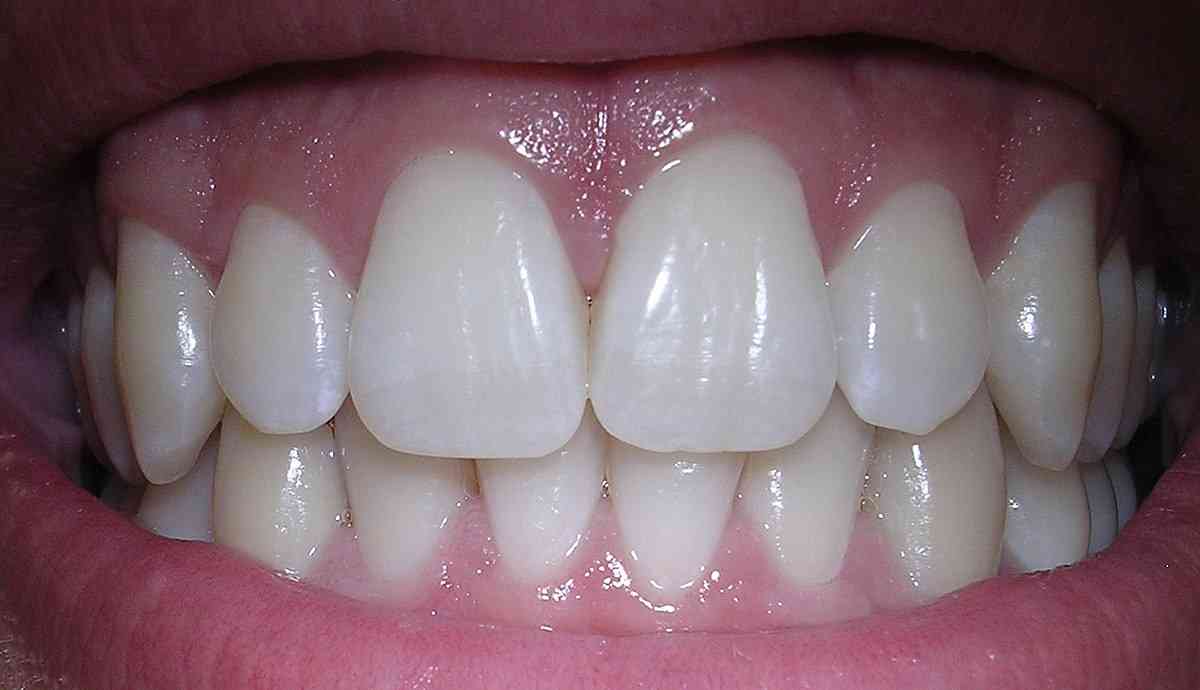
AS winter and autumn approaches, you feel uneasy, not only because of the cold weather, but because of the sharp pain it brings to your teeth.
It feels like you will have to relocate just to escape the agony.
Every time you open your mouth to establish the cause of the pain, you do not find any.
There are no cavities, no gum inflammation or tartar around the teeth, yet each time you step outside and come back in the house, the stinging pain returns.
Thoughts are racing in your mind whether to go to the dentist or not because you do not see the problem yourself, therefore, you hesitate.
The pain only starts after entering a warm building, it may last for a couple of minutes, sometimes even hours.
Home remedies have not been of help, painkillers have only been a band aid solution, as the problem still persists.
Hence you wonder if the problem really exists or you are just imagining it.
- The Death of Tomorrow
- Zimgold unfazed by SA imports
- Unravelling mysteries of tooth discolouration: Culprit that steals the sparkle from your smile
- Navigating the challenges of teething: A comprehensive guide for parents
Keep Reading
For the majority of people worldwide, going outside in cold air or stepping into a heated room can trigger excruciating pain.
This phenomenon is termed ambient thermal differential-induced tooth sensitivity.
Some may ask what the difference is between this condition and the normal tooth sensitivity that we know.
Unlike normal tooth hypersensitivity, this condition is not caused by direct response to thermal stimulation, but by the temperature gradient between outside and inside (the thermal differential).
For example, you were walking outside in the cold for a long time, then you decide to enter a warm room to seek shelter.
That sudden change in temperature can bring about changes in the vascular system that lead to pain induction if repeated.
It is common in a healthy-looking tooth without any pathologies present.
Despite the fact that cold is the most commonly reported trigger, hot, evaporative, tactile, osmotic and chemical stimuli can also cause discomfort.
By exposing the dentin, the second layer of teeth after the enamel, and opening the dentinal tubule network, which transmits sensory information like pain temperature from the tooth surface to the pulp acting as a warning system against proteinal damage, the consensus surrounding the case definition of this condition emphasises the increased stimulus transmission.
What is the nature of the pain?
The nature of the pain of ambient thermal differential-induced tooth sensitivity is different from the typical dental hypersensitivity because it is diffuse, dull and throbbing.
It appears after 5 to 10 minutes and can last up to over an hour.
The pain can appear even at room temperature.
If the initial pain was on the left side, it can spread to right side.
Moreover, no pain is experienced outside during exposure, but only inside, it could be in the house or at your workplace.
The pain pathway is as follows:
Pulp vascular changes: Sudden change in temperature can cause abnormal blood flow fluctuation in the pulp.
Neural sensitisation: Repeated exposure to extreme different temperatures could lead to lowering of the threshold of dental nerves, hence even minimal temperatures could cause tooth hypersensitivity problems.
Dentinal tubule dysfunction: Due to repeated and constant exposure to stimulus the tubules become hyperactive, transmitting thermal changes too quickly to the pulp (where the nerves are located.
The thermal ability of the tooth is highly dependent on the tooth physiological processes and the conduction process.
The transmission as well as transfer of the heat or cold is mainly affected by the physical properties of the enamel and the dentin along with the condition of the dentinal tubules and pulp.
Normally, the enamel has a thermal insulating capacity, which prevents stimulation from hot or cold in a normally healthy tooth and protects the tooth from damage using certain channels.
However, in an already compromised tooth due to repeated exposure to the temperature gradient (from cold to warm), the tooth becomes too sensitive and cannot perform its normal function such that normal temperatures will feel abnormal.
Diagnosis of this condition is tremendously difficult because traditional dental exams fail to identify the cause of the problem, X-rays show normal tooth structure and there is no visible gum recession as well as enamel loss.
Modern dentistry has brought about ways to treat this idiopathic condition which involves nano-hydroxyapatite coatings to restore the tooth’s insulation.
Additionally a combination of potassium nitrate toothpaste with professional fluoride varnish applications for over 6-8 weeks can amend nerve responses and other professional procedures.
For prevention purposes, patients are advised to drink room temperature water before going outside as well as apply dental wax or special tooth coatings before being exposed to the cold.
Moreover, patients are advised to use nasal breathing techniques in cold air to reduce contact with teeth.
Patients should watch out for pain lasting more than 30 minutes after temperature change (particularly cold to warm), pain spreading and moving between teeth, it is not localised on one tooth.
It is known that this condition can be associated with headaches as well as jaw pain.
In conclusion, this condition cannot subside on its own no matter how much you try as a person, it requires complex dental intervention.
It is high time we stopped living with idiopatic dental pain by finding a solution.
Dentists can help you to manage the condition, do not give this responsibility to yourself because it is complex to understand.
- Patience Matambo (BSc Dental Surgery) champions the notion of improved dental literacy in Zimbabwe and Africa at large as an endeavour towards the realisation of the one health objectives. She can be reached at patiencedental2024@gmail.com.










